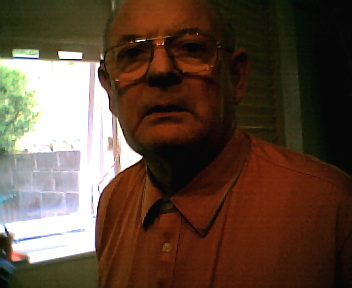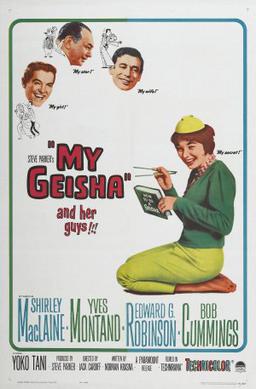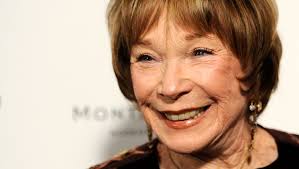
cruciverbalist, quizzer and fervent if frequently disappointed
follower of the nags, John had many interests and pursuits and was
above all an enthusiast, the original fanboy, decades before the term was coined. He appreciated everything from the everyday to the esoteric. His proudest boast of his time at University
College Galway was that he saw 300 films at the cinema in his first
year of alleged studying! He loved a good book and was widely read,
relishing everyone from Lawrence Durrell to Mikhail Sholokhov but
disliked most modern novels because he insisted they were too long and
life was too short. He was eternally devoted to PG Wodehouse and his
tales of Blandings Castle, the Drones Club and Bertie Wooster’s aunts.
He named his son for Gavin Lyall the thriller novelist whose work he
read avidly.
He wore his scholarship lightly. On one occasion when Elaine had
inadvertently given the impression in her workplace that she was
multilingual she called him during his lunch hour for a few phrases in Greek
and he immediately rattled off a list that she could say
phonetically for a TV producer. She thereby gained an entirely
unearned reputation as a Classics expert thanks to his effortless
recall of a traditional education. He never stopped learning and
passed on that love to his children.
Johnny was born in New York City and spent the first few years of his
life there with his parents James and Helen. He finally returned to
the land of his birth in the 1990s with Elaine when they attended the
New Orleans Mardi Gras. Despite being charmed by everyone he met he
persisted in expounding on his low opinion of ‘Yanks,’ as he insisted
on calling them – when he suddenly found himself talking to the caddy
of his hero, the great American golfer Sam Snead, who couldn’t have
been more delightful company. As a lifelong player himself and
boasting many shelves of trophies from around the clubs and courses of
Ireland, that encounter momentarily stunned him and put an end to his
complaints about his native countrymen!
He loved jazz music and opera and many nights were spent listening to
everyone from Benny Goodman and Count Basie to Jussi Bjorling and Tito
Gobbi. You could set the clock to Humphrey Lyttleton’s show on the
BBC which he recorded every week on cassette.
He was a very witty man with scabrous if occasionally unrepeatable
views on every conceivable subject which were expressed in the most
succinct terms and delivered with his inevitably wry smile which
camouflaged his capacity to shock. His favourite saying in later years
was “You should try everything once, except incest and folk dancing.”
We can confirm he never tried folk dancing. He was more your waltz kind
of guy.
He met Anne sixty-one years ago this week upon his return from Africa
where he spent a very enjoyable three years working for the Crown
Service building roads and bridges and shooting snakes on his days off. He drove a
red VW Beetle and a day after she saw him park it on the streets of
Longford Town he saw her talk to his colleague Maura McGowan in
Longford County Council and asked for an introduction. A lifetime of
golf widowhood and pithy conversation ensued.
Despite his commitment to a career in the civil service he was often
surprising and unconventional. After a brief flirtation with
Thatcherism in the Eighties he became disenchanted with those politics
when they were applied in his workplace where he was required to hire
road crew from the ranks of Fas recruits. His only question to the men
concerned their marital status. Why? Because, he said, any man doing
that kind of job would need a good breakfast and he wouldn’t take food
from the mouths of babies. He was besotted with babies and probably
wished he’d had more of them – he only had issues with children who
talked back to him when they developed minds of their own and
challenged his views – which were however remarkably tolerant and
tempered by his common sense, his travels and his reading.
He loved animals and his man of the twentieth century was David
Attenborough because he educated and informed
people about the real world inhabited by wonderful creatures whose
lives were shaped by the increasingly challenging environment made
by mankind – including young engineers let loose in Nigeria with a
shotgun. He wanted a universe for everyone. Twenty years ago when he
was watching the World Cup he said he wished it were on every summer
because he didn’t think he’d see too many more of them. His
anticipation of an easeful retirement to the golf course was
thwarted by the tricky turns in his health. He took the long view
of issues and understood that things changed slowly and then quickly
and often unexpectedly. A creature of habit, he swore he only bought The Irish Times for
Myles na gCopaleen but after the writer’s death in 1966 he saw no
reason to change his daily paper which sadly carries his
death notice this week. Johnny died the way Hemingway said men go bankrupt – gradually, then suddenly, with good grace and swift
acceptance. He was some kind of man.
















































































































































